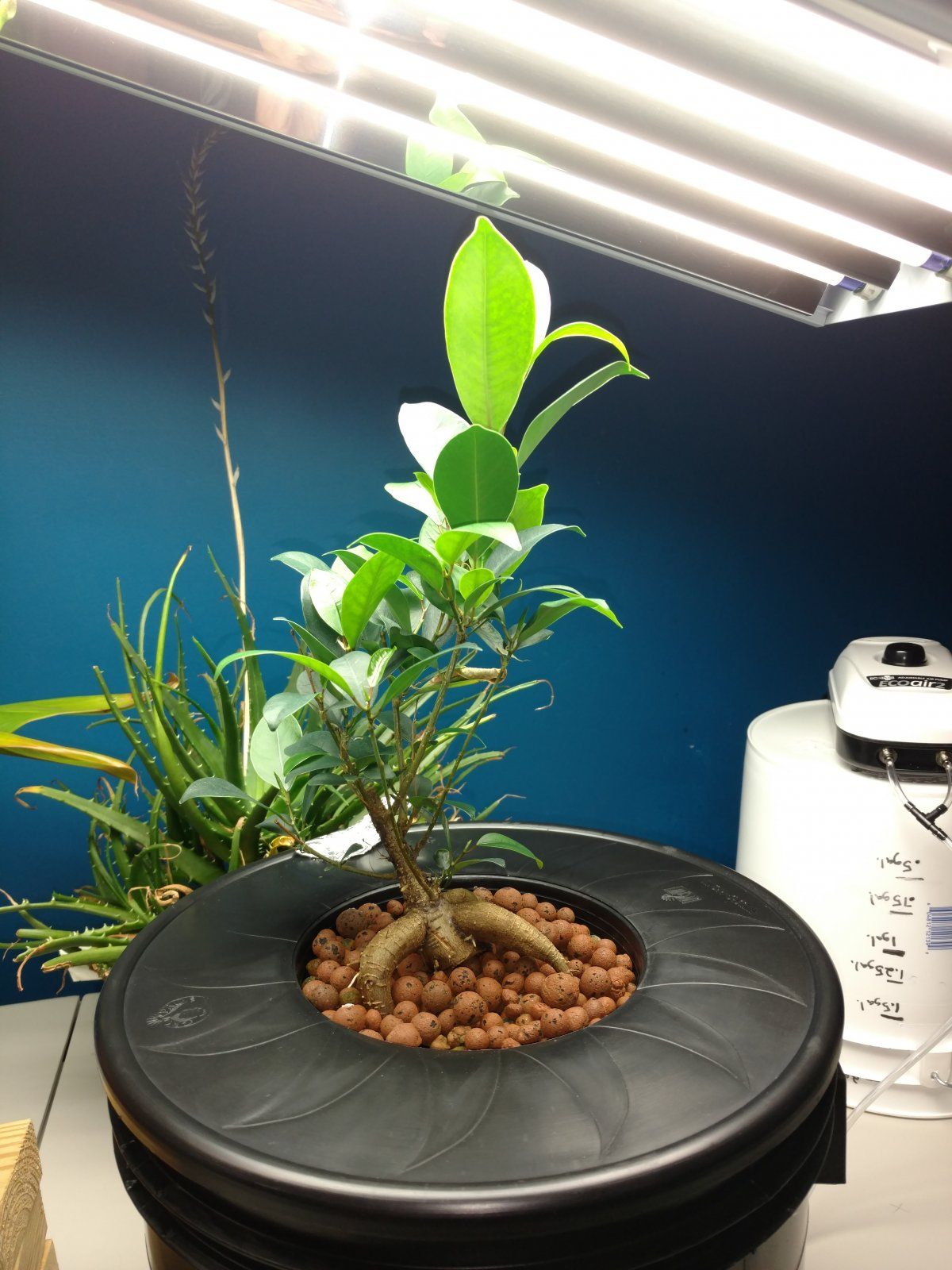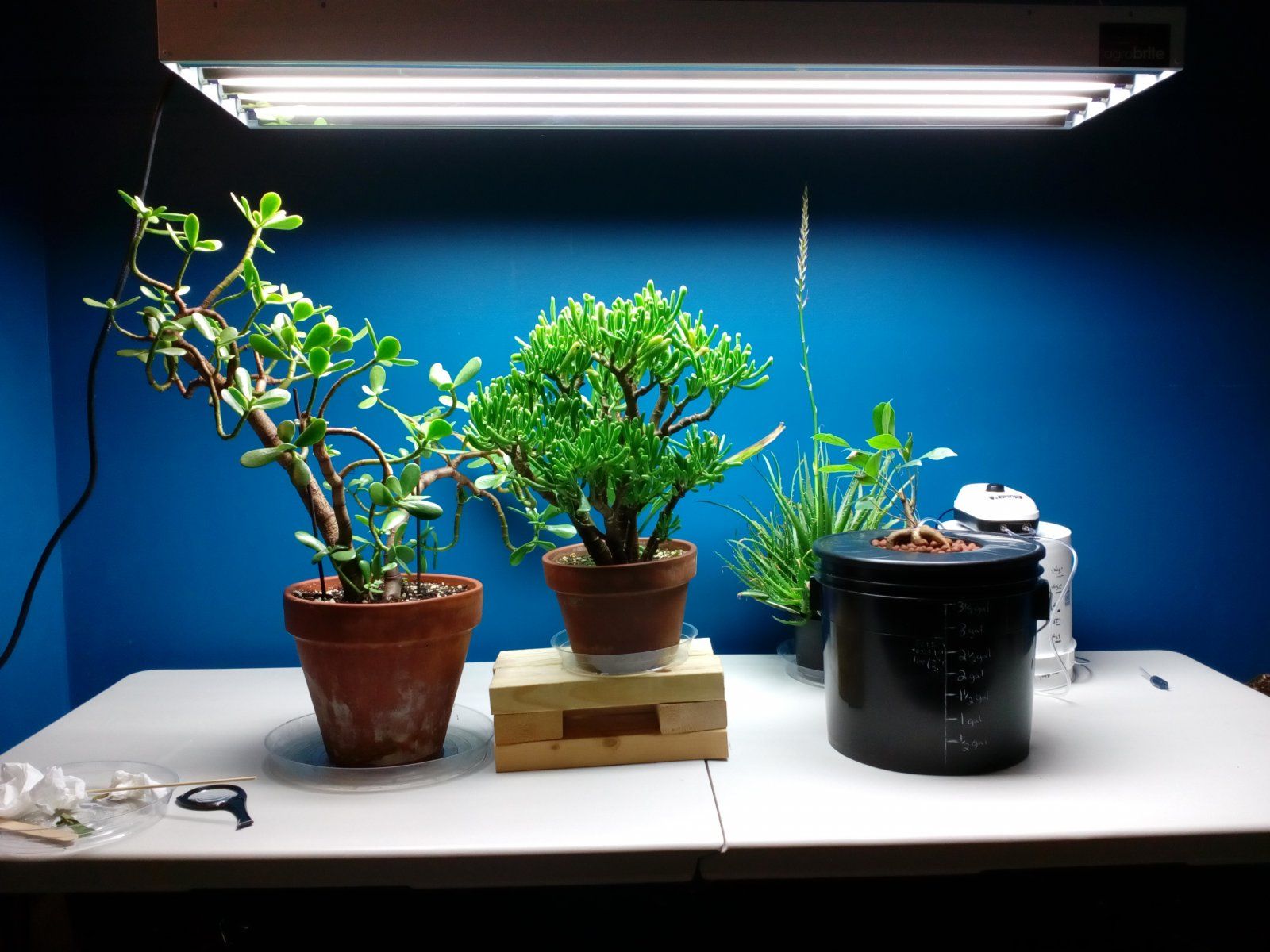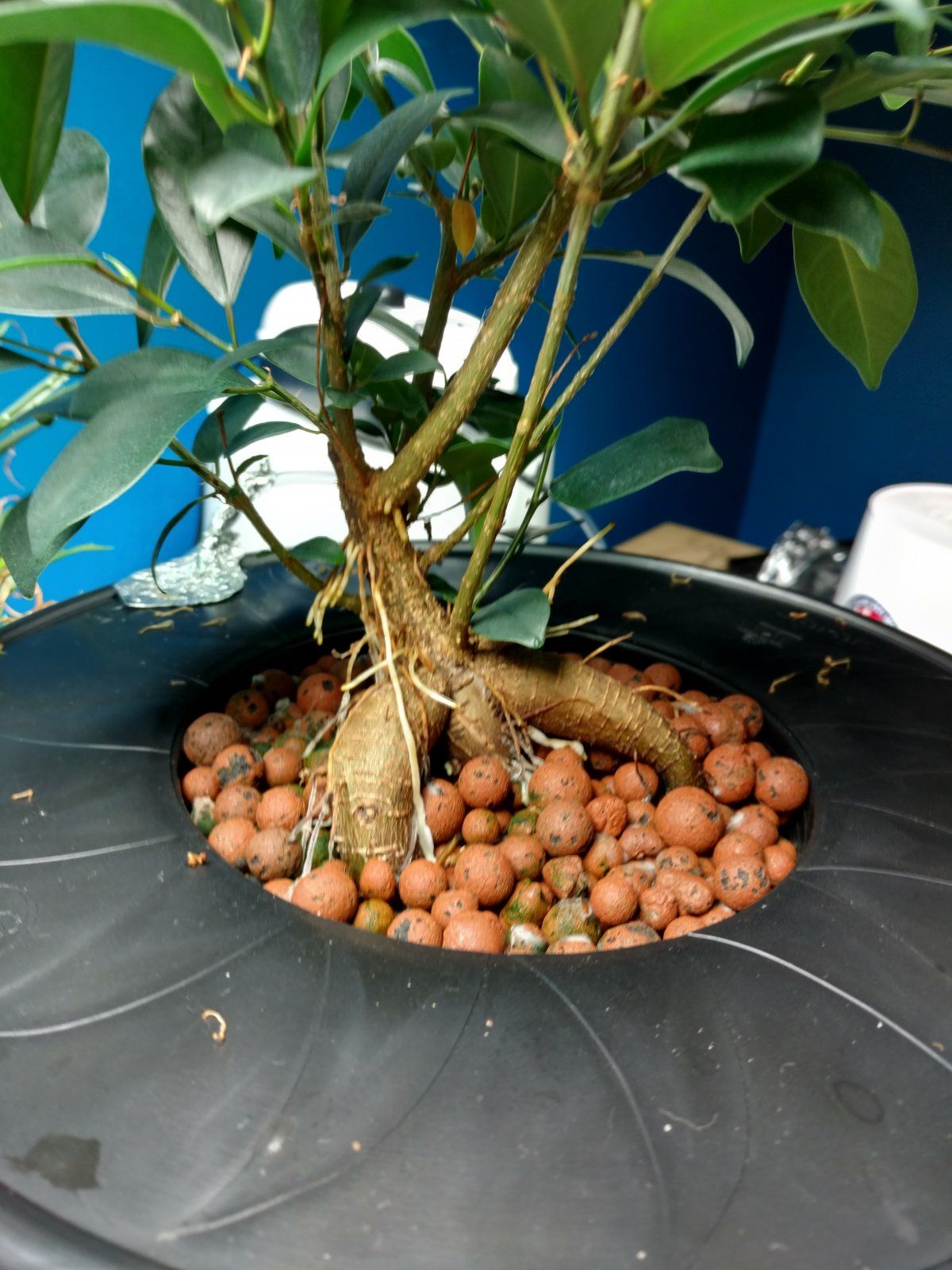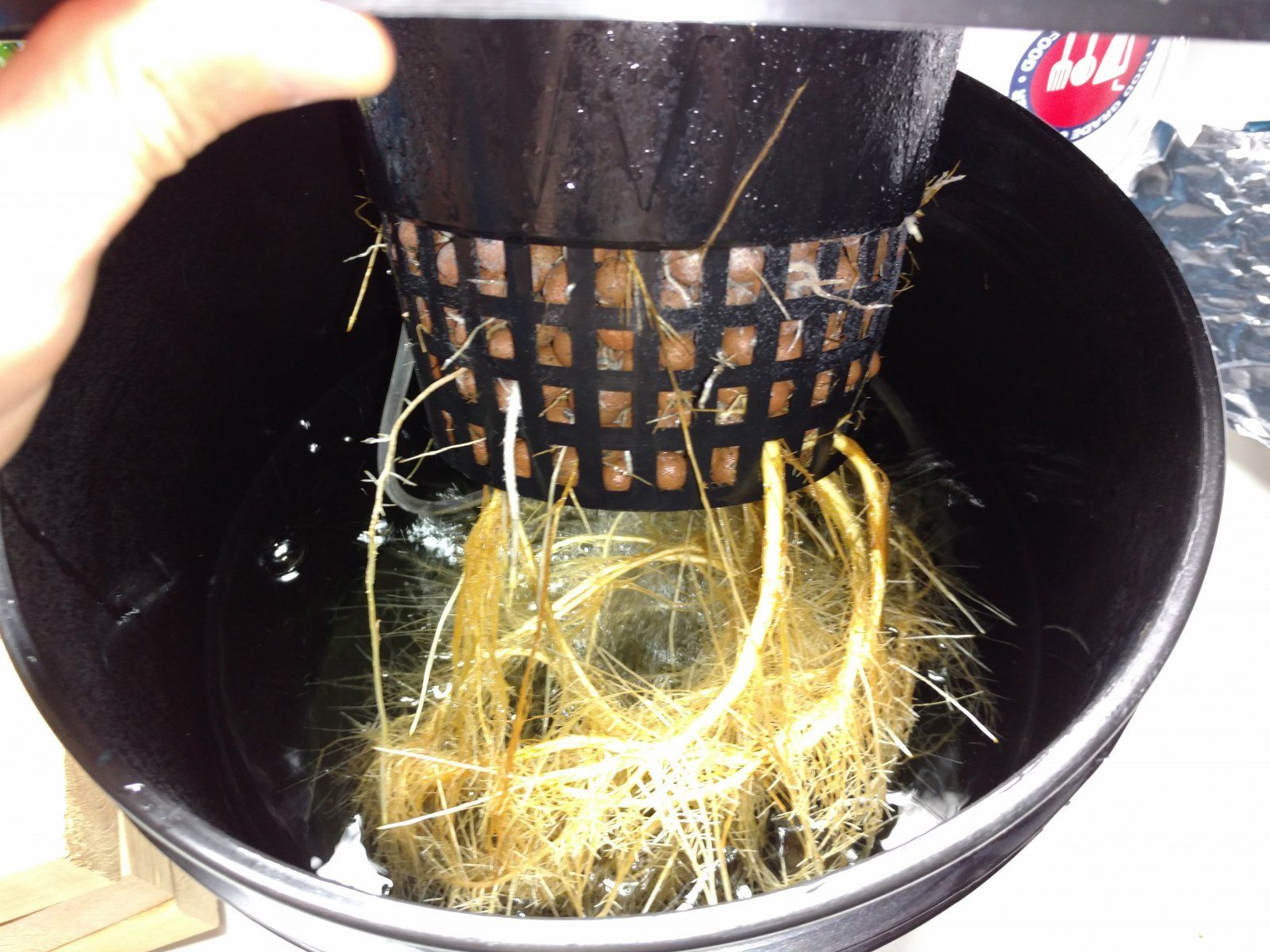Bonsai Nut
Nuttier than your average Nut
I am going to start a thread discussing the use of hydroponics for the propagation of bonsai.
I have zero experience in this area, so I am going to have to link resources. If anyone has experience, it would be extremely helpful if you could jump in.
In order to be successful, a hydroponic setup would need to provide: water, oxygen, nutrients, physical stability. This assumes the presence of adequate light.
Questions:
(1) Can you use hydroponics in the propagation of woody plants?
(a) Best practices?
(b) Benefits / shortfalls?
(2) Can you use hydroponics to grow larger trees / full bonsai-sized trees?
(a) What would be different with the system versus what you would do in (1)?
(b) Benefits / shortfalls?
I have zero experience in this area, so I am going to have to link resources. If anyone has experience, it would be extremely helpful if you could jump in.
In order to be successful, a hydroponic setup would need to provide: water, oxygen, nutrients, physical stability. This assumes the presence of adequate light.
Questions:
(1) Can you use hydroponics in the propagation of woody plants?
(a) Best practices?
(b) Benefits / shortfalls?
(2) Can you use hydroponics to grow larger trees / full bonsai-sized trees?
(a) What would be different with the system versus what you would do in (1)?
(b) Benefits / shortfalls?






